1. Snake Wine – Vietnam
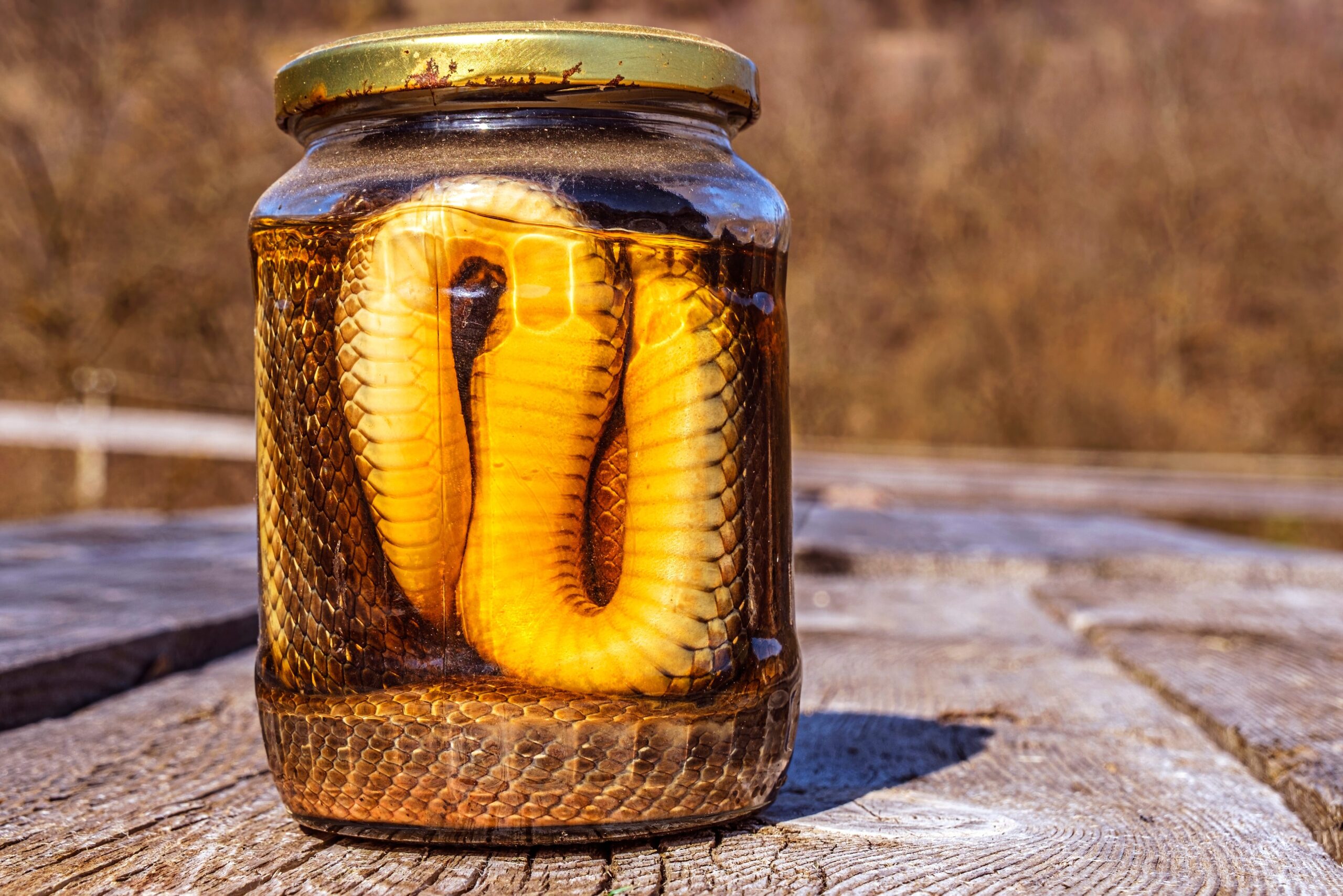
If someone handed you a bottle of rice wine with a whole snake floating in it, you’d probably think twice before taking a sip. But in Vietnam, snake wine has been used for centuries as a tonic believed to boost vitality, improve circulation, and even cure back pain. Locals swear by it, and it’s often passed around during celebrations or given to someone recovering from illness. The belief is that the snake’s essence infuses the wine, making it more powerful says Yahoo.
Doctors, however, are left scratching their heads. There’s no scientific proof that soaking a venomous creature in alcohol does anything beneficial for your health. In fact, there are risks involved, especially if the snake wasn’t properly prepared. But in rural parts of Vietnam, this old remedy still has loyal followers who wouldn’t trade it for a bottle of aspirin shares MSN.
2. Cupping Therapy – China

Those strange circular marks on athletes’ backs during the Olympics? That’s cupping therapy, a traditional Chinese remedy believed to draw toxins from the body. It involves heating glass cups and placing them on the skin to create suction. People use it to treat everything from muscle soreness to respiratory problems says Harvard Health.
Western doctors admit that cupping might increase blood flow, but many remain unconvinced about its long-term benefits. Some studies suggest the effects might just be placebo. Still, plenty of people swear they feel better afterward, even if science can’t fully explain why. It’s one of those treatments where belief seems to be half the cure explains Medical News Today.
3. Cow Urine – India

In some regions of India, cow urine is believed to be a sacred and healing substance. It’s used in everything from religious rituals to homemade health tonics. Supporters claim it can treat everything from diabetes to cancer. In some places, you can even buy bottled versions labeled as “medicinal.”
Modern doctors aren’t on board. There’s no strong evidence supporting any of these health claims, and the idea of drinking urine—sacred or not—makes most people cringe. But for many who follow Ayurvedic traditions, this ancient remedy is deeply ingrained in both culture and belief. And as baffling as it may be to outsiders, it’s still very much in practice.
4. Onion in Socks – Europe
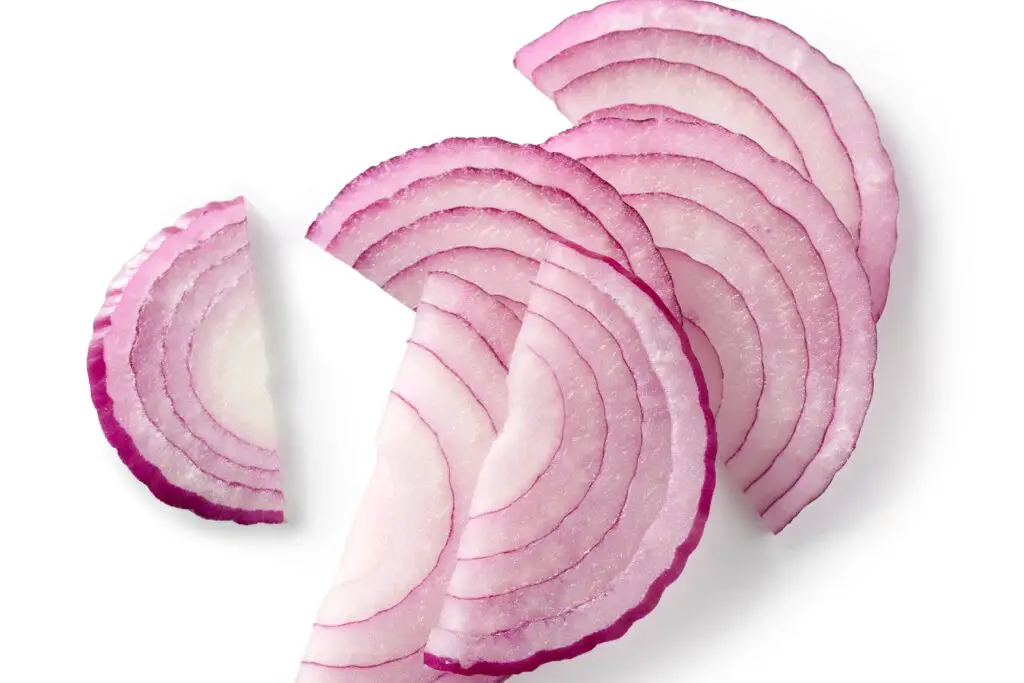
Some old European households swear by this quirky bedtime trick: putting slices of raw onion in your socks to ward off illness. The belief is that onions draw out toxins through the soles of your feet as you sleep. It’s most commonly used for fevers, colds, and even the flu. Some say it helps them feel better by morning.
Doctors are quick to dismiss it as folklore. The skin on your feet isn’t exactly a toxin highway, and there’s no science to show this works. But plenty of people still give it a shot when they’re feeling under the weather. It may not do much medically, but the cozy socks and strong smell might just be comforting in their own weird way.
5. Mustard Plasters – United States
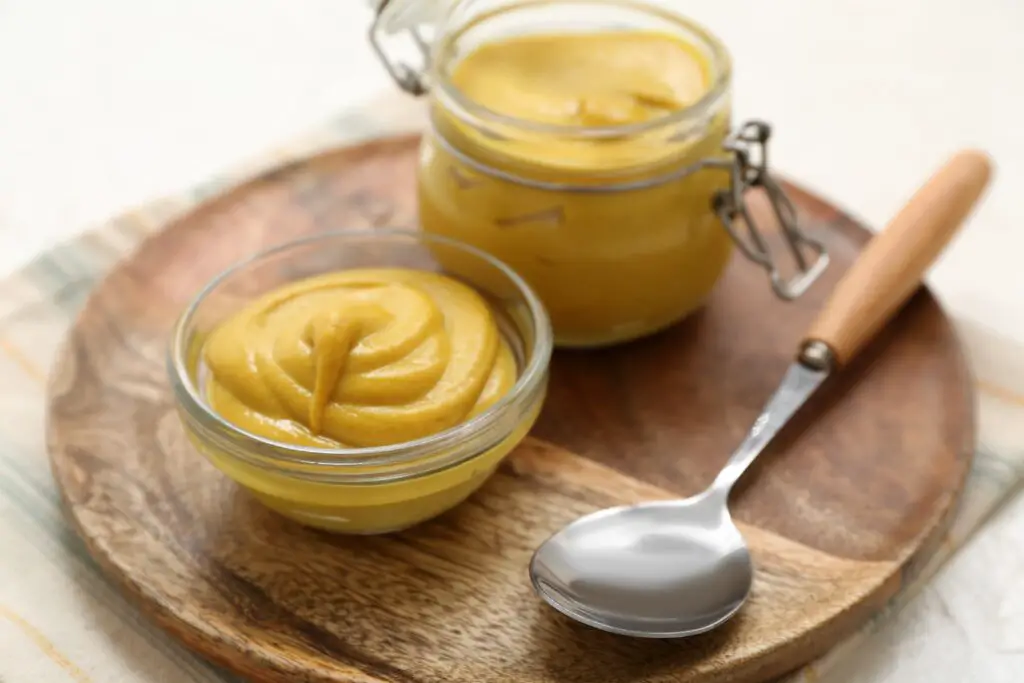
Back in the day, when you had chest congestion or a stubborn cough, your grandmother might have whipped up a mustard plaster. It’s a paste made of dry mustard, flour, and water, spread on cloth and applied to the chest. The heat from the mustard was believed to break up mucus and help you breathe easier.
Today, some folks still use this fiery home remedy, though doctors warn it can burn the skin if left on too long. There’s minimal evidence it actually clears out your lungs. But for those who grew up with it, the sharp scent and warm sensation are comforting. It’s more about tradition than treatment at this point, but it hasn’t gone away.
6. Fish Skin Bandages – Iceland

Icelandic fishermen used to wrap wounds in fish skin, believing the collagen-rich scales helped speed up healing. Turns out, they might’ve been onto something—modern medicine is just now catching up. Some hospitals are experimenting with specially treated fish skin for burn victims, and early results are promising.
Still, doctors are amazed that such an old idea is finding new life. The original versions were, of course, far less sterile, and there are risks involved if the fish skin isn’t properly cleaned. Yet in Iceland, the old ways never quite vanished. The tradition of using nature’s tools continues to inspire both curiosity and cautious respect.
7. Bear Bile – China

Bear bile has long been used in Traditional Chinese Medicine to treat liver issues, fevers, and even eye conditions. It’s harvested through incredibly controversial and painful methods, and yet it remains legal and widely used in some parts of China. The active compound, ursodeoxycholic acid, is used in Western medicine—but in synthetic form.
Doctors are deeply disturbed by the traditional method of obtaining it, not to mention skeptical about its everyday use. While there may be medical potential in the compound itself, the delivery method is inhumane and outdated. Animal rights activists have pushed for change, but some practitioners remain staunchly loyal to the old way. It’s a potent mix of medicine, myth, and morality.
8. Moxibustion – East Asia
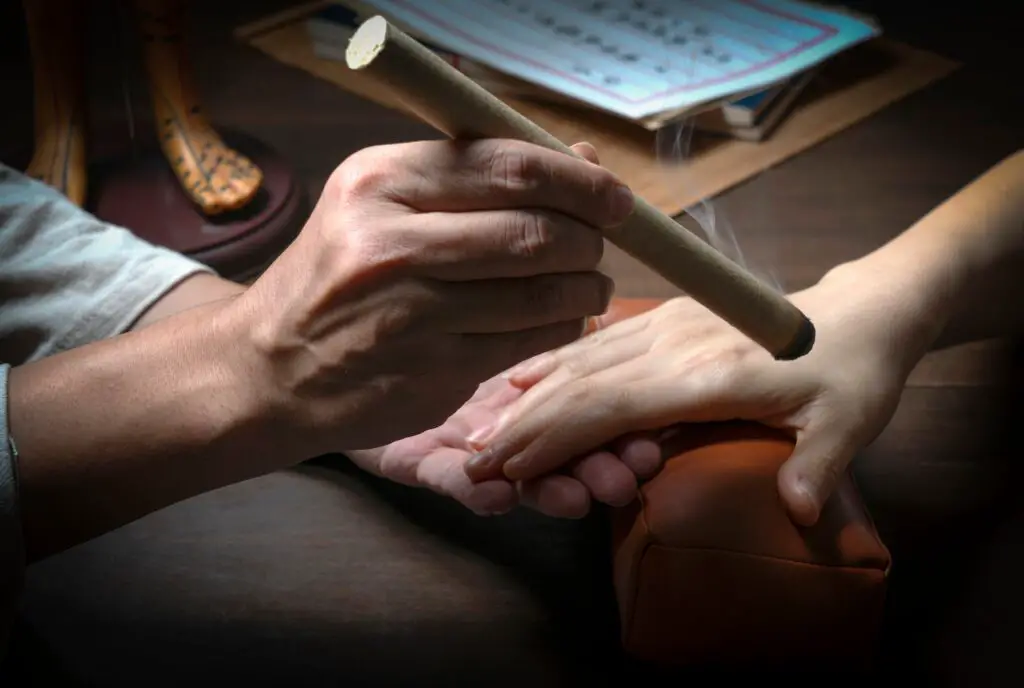
Moxibustion involves burning a small bundle of dried mugwort (called moxa) near acupuncture points to warm and stimulate the flow of energy. Practiced in China, Japan, and Korea, it’s used to treat pain, digestive issues, and even breech pregnancies. The scent is earthy and strong, and the ritual itself is quite calming.
Western doctors acknowledge it might have relaxing benefits, but the idea of redirecting “qi” still feels mystical. Some small studies suggest improved circulation, but results are mixed. Still, many patients insist they feel better afterward. Whether it’s the heat, the ritual, or something else entirely, science hasn’t figured it out yet.
9. Red Thread Against Evil Eye – Mediterranean
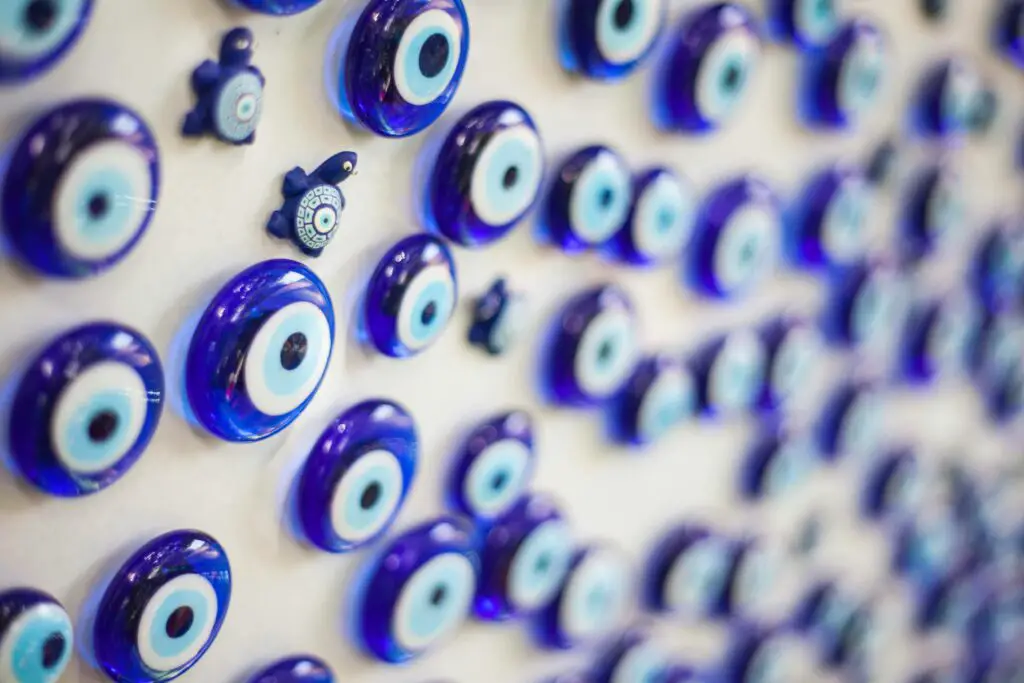
In places like Greece, Turkey, and Italy, tying a red thread around your wrist or baby’s crib is said to ward off the “evil eye”—a malevolent curse thought to cause illness or bad luck. While it’s not exactly a remedy in the medical sense, it’s used to prevent ailments blamed on negative energy.
Doctors, unsurprisingly, don’t recognize curses as a cause of disease. But psychosomatic effects are real, and believing you’re protected can sometimes be half the battle. For generations, families have kept this ritual alive, blending faith, folklore, and wellness. It may not cure a cold, but it might offer peace of mind.
10. Raw Liver for Strength – Arctic Cultures
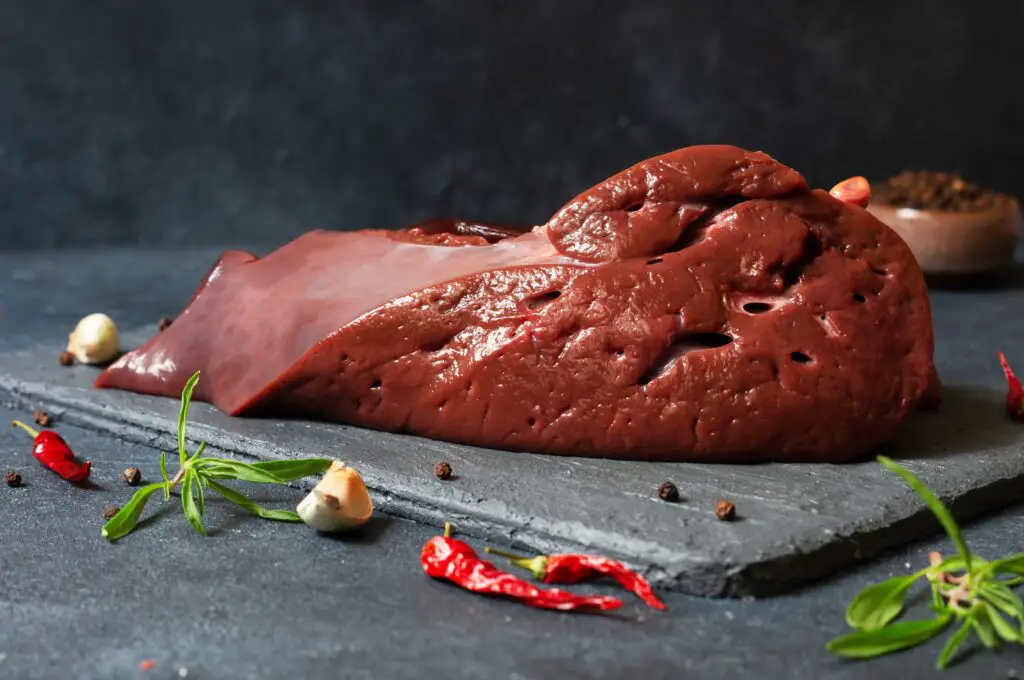
Among the Inuit and other Arctic communities, eating raw liver—especially from seals or caribou—was believed to provide strength and ward off disease. It’s incredibly rich in nutrients like vitamin A and iron, which were hard to come by in such harsh climates. Hunters would sometimes eat it fresh from a kill to gain energy.
Doctors agree that liver is nutrient-dense, but the raw part is tricky. It can carry parasites and bacteria if not handled properly. Still, in places where food was scarce and the cold unforgiving, this remedy made perfect sense. It’s a reminder of how survival and medicine often overlap in extreme environments.
11. Leech Therapy – Middle East and Europe
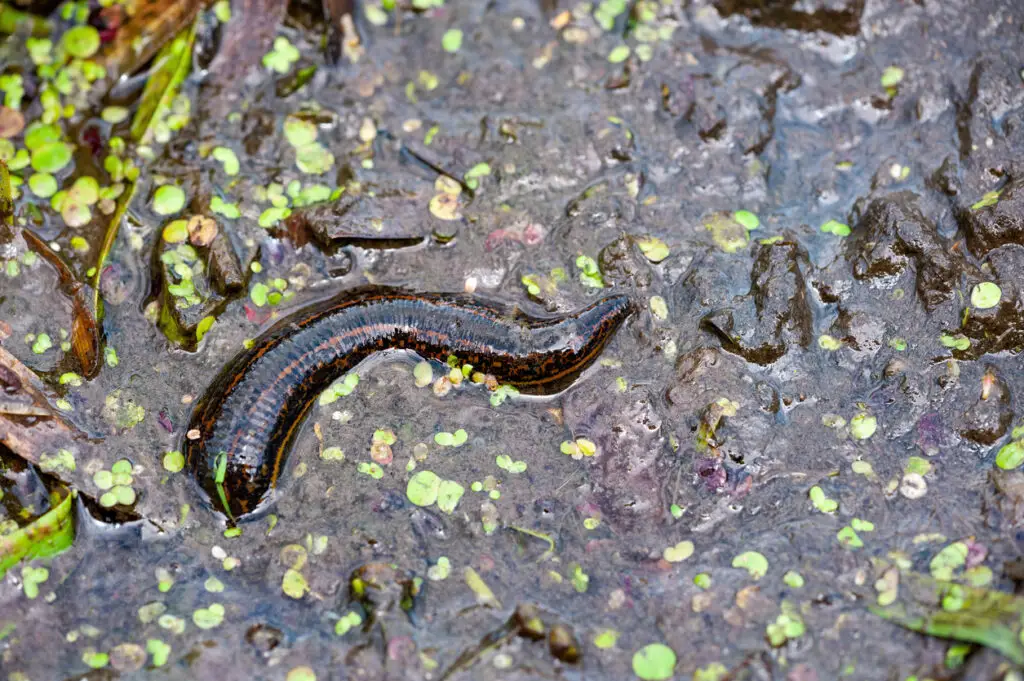
Leeches might seem like a medieval horror story, but they’ve been used for thousands of years to “balance humors” and drain “bad blood.” In the Middle East and parts of Europe, this practice never entirely faded. Today, it’s sometimes used in modern microsurgery to restore blood flow.
Doctors now understand that leeches release anticoagulants that can help prevent blood clots. Still, using them for general ailments like headaches or fevers is outdated. Yet in some traditional settings, leeches are still brought out for anything from arthritis to skin problems. It’s one of those remedies that’s both ancient and surprisingly modern.
12. Charcoal for Poison – Africa
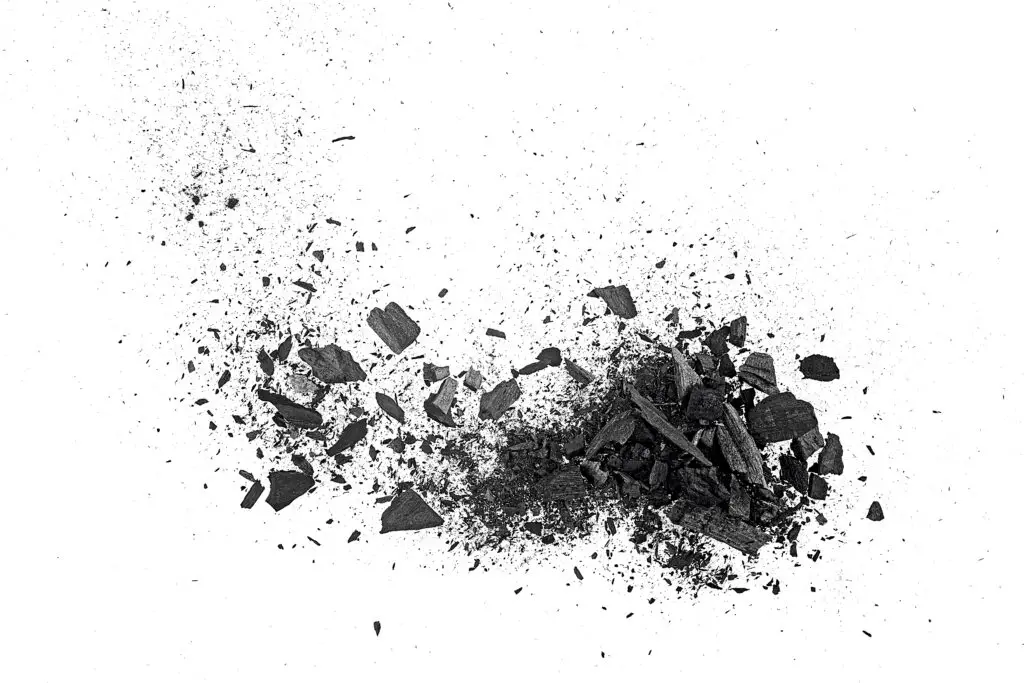
In parts of Africa, activated charcoal has long been used to treat poisoning and stomach ailments. The porous black powder is believed to absorb toxins in the digestive system. Villagers would grind burned wood into a fine powder and mix it with water or herbs.
Western medicine does use activated charcoal for certain poisonings—but under very specific conditions. Doctors warn it can interfere with medications and isn’t a cure-all. Still, it’s fascinating how this folk remedy ended up with real scientific backing. It’s one of the few traditional treatments that made the leap into ERs worldwide.
13. Hot Pepper Gargles – Central America
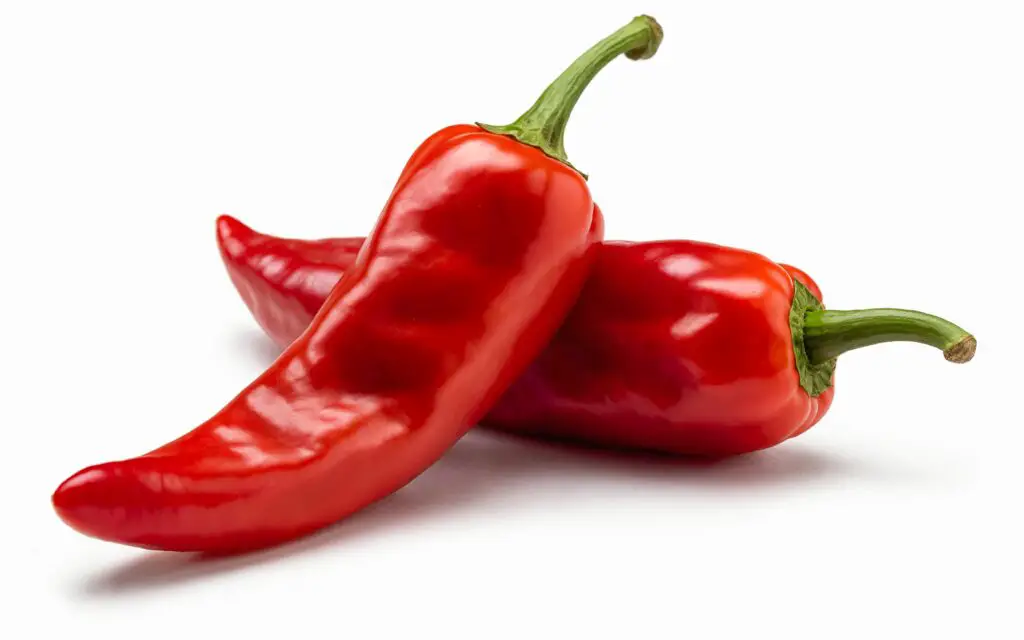
When a sore throat hits, some folks in Central America reach for chili peppers. The idea is to crush hot peppers, mix them with water or vinegar, and gargle to burn out the infection. It sounds intense (and painful), but users say it clears mucus and boosts circulation.
Doctors strongly advise caution—capsaicin, the compound in hot peppers, can irritate sensitive tissues. There’s no solid evidence it helps kill germs in your throat. But for those who swear by it, the fiery sting is just part of the healing process. It’s definitely not for the faint of heart.
14. Urine Washes for Skin – Ancient Rome
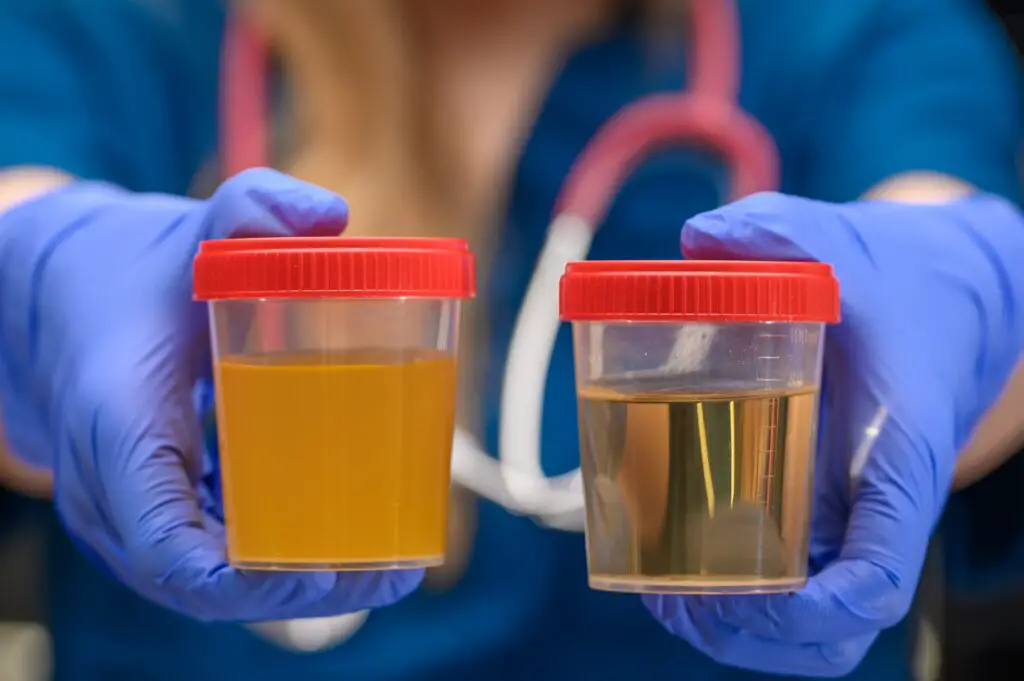
Ancient Romans believed that aged urine had cleaning and whitening powers, especially for skin and teeth. It was used as a kind of soap, and some even thought it could heal infections or acne. The ammonia in old urine does have disinfectant properties, which may explain its historical use.
Today, doctors would steer you far away from trying this at home. While ammonia is indeed a cleaner, the rest of urine’s components aren’t ideal for skincare. Still, this remedy occasionally pops up in fringe beauty circles. It’s bizarre, unsanitary, and definitely baffling—but history proves people will try just about anything in the name of health.
